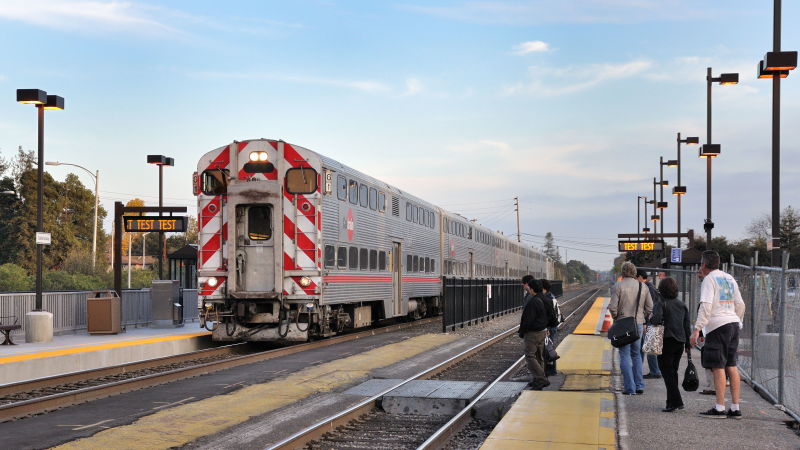Investigators from the Centers for Disease Control and Prevention are currently in Palo Alto, in the second of a two-week study on youth suicide.
The region reeled from a suicide cluster that began in 2009, when five teens killed themselves in a span of nine months, mainly by stepping in front of speeding commuter trains. The community launched into action, developing numerous support programs and prevention strategies. But then another cluster hit in 2014, when another four teens committed suicide.
Local health officials asked the CDC to help them understand why.
“One of the key objectives the CDC has is to inventory all the different prevention strategies that have been put in place by schools and community groups,” said Dr. Sara Cody, public health officer for Santa Clara County. “Then they can provide recommendations, like, ‘This looks great, keep it up,’ or ‘Change the strategy in this way.’ It’s a nice opportunity to have outside professional feedback.”
The CDC sent five staff members to town, including three epidemic intelligence service officers, working from 6 a.m. to 9 p.m., Cody says.
